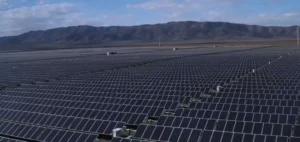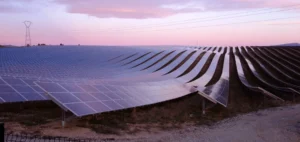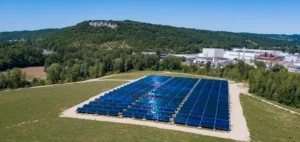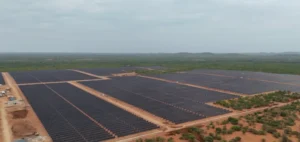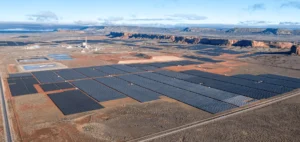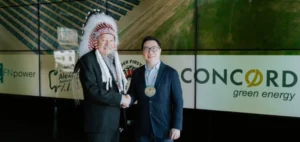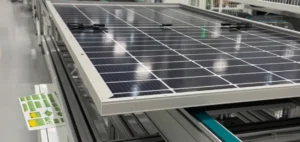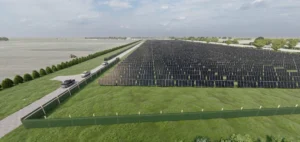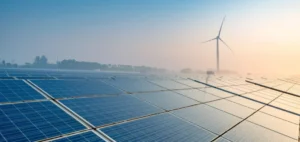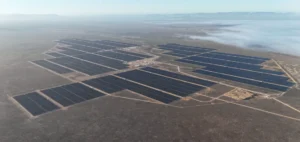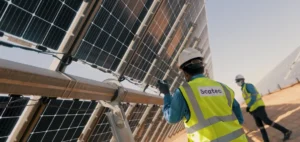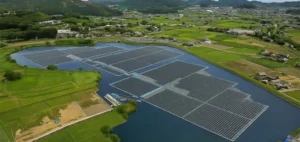EWEC (Emirates Water and Electricity Company) recently announced the approval of four new sites for renewable energy projects in Abu Dhabi. These initiatives, covering an area of 75 square kilometers, include three solar projects and one wind farm, aiming to achieve a total capacity of 4.6 gigawatts (GW).
Planned capacities and locations
The new projects include three photovoltaic plants in Al Faya, Al Khazna, and Al Zarraf, totaling 4.5 GW, and a 140-megawatt wind farm in Sila. These developments are part of the United Arab Emirates’ broader efforts to reduce reliance on fossil fuels and promote an ambitious energy transition.
EWEC anticipates these projects will play a key role in reaching 10 GW of installed solar capacity by 2030, aligned with the targets set by the Abu Dhabi Department of Energy (DoE).
Strategic objectives and climate commitments
These projects support the UAE’s climate goals, including achieving carbon neutrality by 2050. According to His Excellency Eng. Ahmed Mohamed Al Rumaithi, Undersecretary of the DoE, these developments demonstrate Abu Dhabi’s strategic commitment to decarbonize the energy sector while strengthening economic resilience.
The DoE is also coordinating the implementation of regulatory frameworks needed to facilitate these initiatives and ensure a smooth transition to clean energy.
Inter-agency collaborations
These projects were realized through collaboration among various government entities, including the DoE, the Environment Agency – Abu Dhabi (EAD), and the Ministry of Defence (MoD). These organizations coordinated the allocation of land while ensuring that infrastructure respects local ecosystems.
The EAD’s role has been central in integrating climate and environmental goals into the energy strategy, ensuring coexistence between infrastructure and local biodiversity.
Advancements in renewable energy projects
EWEC continues to make progress on major projects, including the financial closure of the Al Ajban solar project of 1.5 GW and inviting bids for the Khazna solar project. Once operational, these new sites will make Abu Dhabi a global hub for renewable energy, hosting some of the largest single-site solar power plants in the world.
These projects also reflect regional ambitions to establish an energy transition model capable of inspiring other nations.



